watering schedule-pics of plants
Anna
17 years ago
Related Stories

GARDENING GUIDES8 Unthirsty Plants Help You Save Water in Style
Spend less effort and money on your landscape with drought-tolerant and native plants that liven up your yard
Full Story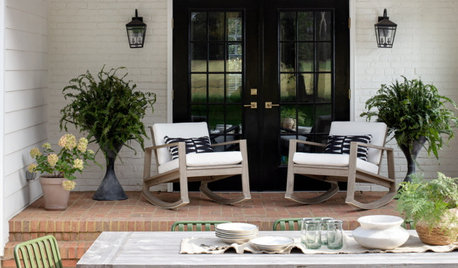
SUMMER GARDENINGHow to Water and Refresh Your Potted Plants Over the Summer
Keep container gardens looking lush by cooling them down when temperatures rise and by giving them a seasonal spruce-up
Full Story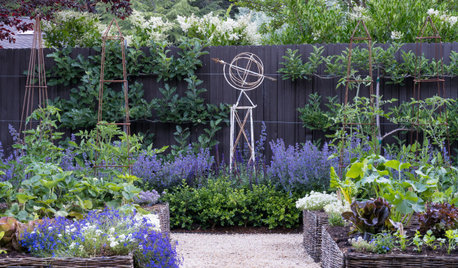
GARDENING GUIDESYour Summer Watering Guide for Happy and Healthy Plants
Find out when and how to water your garden beds to keep your plants thriving
Full Story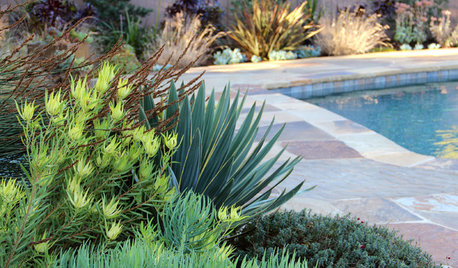
PLANTING IDEAS7 Stunning Plant Combinations for Low-Water Gardens
Find inspiration in these beautiful drought-tolerant companion plantings
Full Story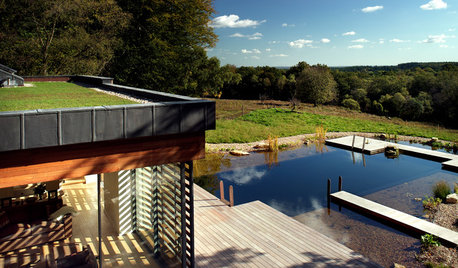
FEEL-GOOD HOMEFeel-Good Home: Water, Water, Everywhere
You can mindfully introduce water features into your landscape no matter the size of your yard
Full Story
GARDENING GUIDESEssential Watering Tips for Your Edible Garden
To give your edible plants just what they need, check out these guidelines for how, when and how much to water
Full Story
GARDENING FOR BUTTERFLIES3 Ways Native Plants Make Gardening So Much Better
You probably know about the lower maintenance. But native plants' other benefits go far beyond a little less watering and weeding
Full Story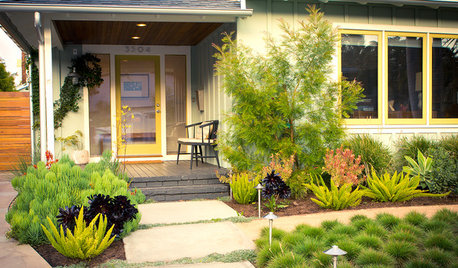
INSPIRING GARDENSBeach Cottage Loses the Lawn for a Stylish Low-Water Garden
Colorful plantings and soft exterior paint colors give a Southern California ranch cottage a fresh new look
Full Story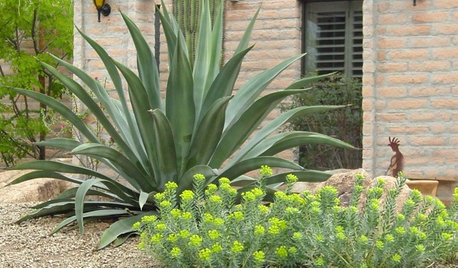
GARDENING GUIDESHow to Spot a Drought-Tolerant Plant
Label? Who needs a label? Learn the characteristics of plants that can thrive in hot, dry conditions to help you pick the right ones
Full Story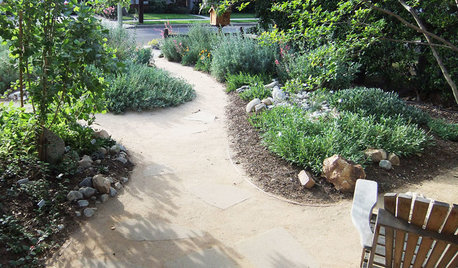
GARDENING GUIDES5 Things to Know About Watering Your Native Garden
Ensure the success of your new plantings with a smart approach to irrigation
Full Story





The_Mohave__Kid
loganlady
Related Professionals
Canton Landscape Architects & Landscape Designers · Tempe Landscape Architects & Landscape Designers · Middle Island Landscape Architects & Landscape Designers · Oconomowoc Landscape Architects & Landscape Designers · Stamford Landscape Contractors · Matthews Landscape Contractors · Surprise Landscape Contractors · Kailua Landscape Contractors · La Mirada Landscape Contractors · Streamwood Landscape Contractors · Orlando Roofing & Gutters · Greenwich Solar Energy Systems · Lynn Solar Energy Systems · Richmond Solar Energy Systems · Selma Solar Energy Systemsmohavemaria
AnnaOriginal Author
mohavemaria
AnnaOriginal Author
isassy16_yahoo_com
mohavemaria
md_cousin_yahoo_com